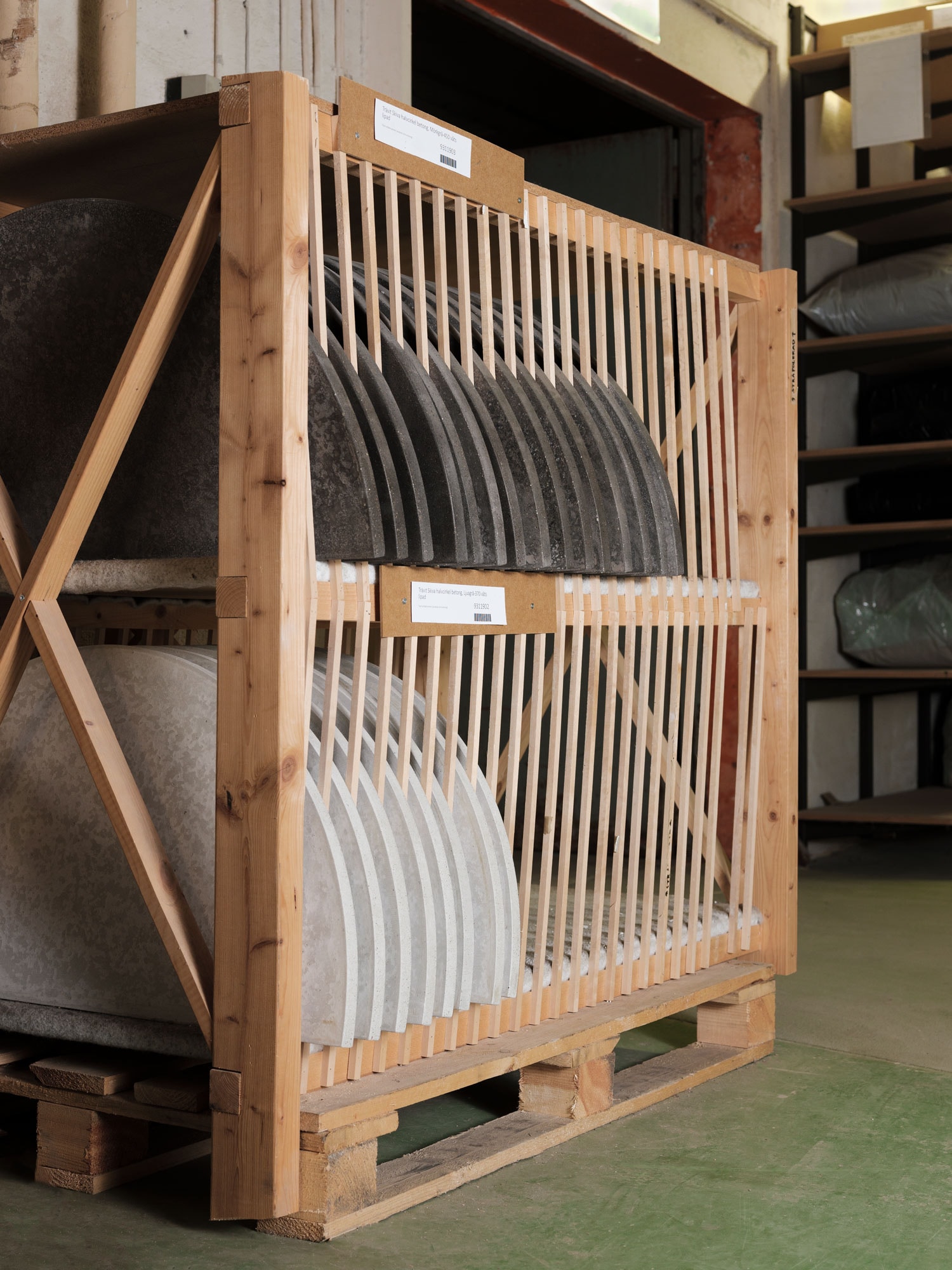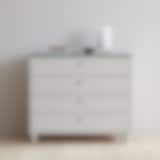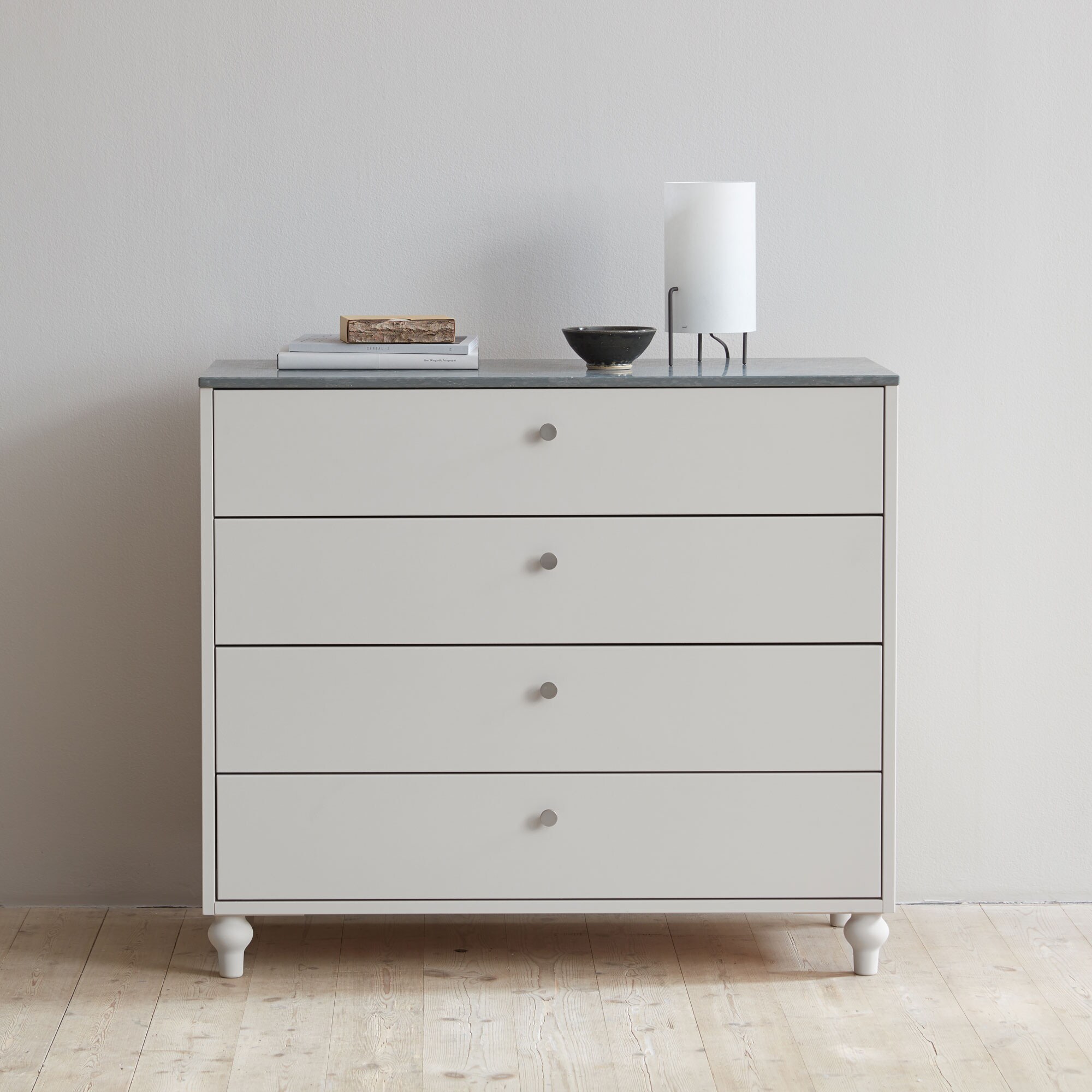Concrete hardens over a long period of time, becoming stronger and more resilient over the years. Porous materials like concrete are prone to marks. When you get your concrete product home, it will have been treated but it is important to maintain the concrete to give it a stronger and more resilient surface. Remember to be extra careful with a concrete table top for the first six months as this is when it is most sensitive. Avoid placing porous containers, plant pot saucers etc straight onto the concrete as they can release moisture and generate surface marks and discolouration. We recommend placing felt pads under things placed on top of concrete and moving them from time to time.
General advice for concrete
» Only use a cloth and warm water for cleaning. Avoid cleaning products. However, it is OK to use neutral and uncoloured soap.
» Concrete table tops can be maintained with concrete wax. Once or twice a year is recommended.
» Natural materials like concrete are often sensitive to marks. Marks usually occur when some type of liquid is left on the concrete surface for a long time. Acid is the worst enemy of a concrete table top – lemon, vinegar and fruit acids will make the table top “weather” and disintegrate unless they are removed immediately.
» If there is a spill, use a polishing cloth (microfibre cloth) and work into the mark in circles. If you rub the same spot hard with the microfibre cloth, it can cause fine scratches. These usually disappear if you gently polish the area and add a new coat of wax.


